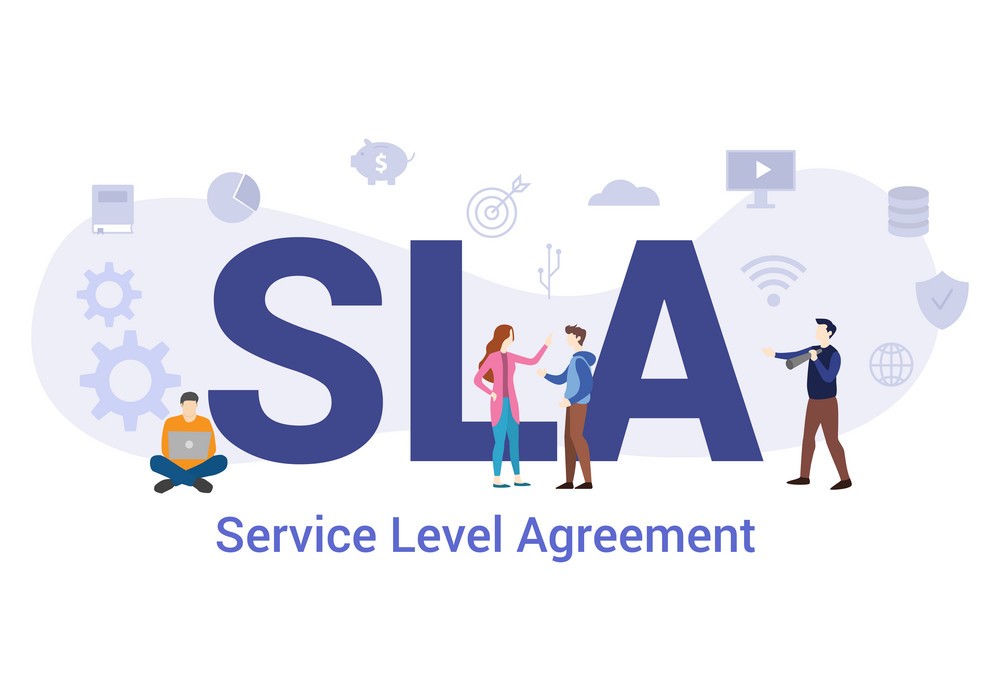Executive Leadership: The Responsibilities of Top-Level Leaders
In the complex framework of organizational structure, top-level management stands as the guiding force, directing the entire operation towards success. These individuals, often referred to as executive or senior management, hold prestigious titles like Chief Executive Officer (CEO), President, Chief Operating Officer (COO) and Chief Financial Officer (CFO). Let's delve into their pivotal roles and responsibilities in steering the organization towards its goals.
Unraveling the Role and Responsibilities of Top-Level Managers
Visionary Leadership
At the helm of top-level management lies the mantle of visionary leadership. These leaders articulate the organization's overarching mission and vision, delineating its long-term objectives. Their vision serves as a guiding beacon, illuminating the path for every stakeholder within the organization. The CEO, in particular, assumes a pivotal role in crafting and aligning vision with the aspirations of all stakeholders.
Strategic Planning
Foremost among the responsibilities of top-level managers is strategic planning. They meticulously chart the organization's course, conducting thorough analyses of market dynamics, competitive landscapes and internal capabilities. Armed with foresight and insight, they craft comprehensive strategies that propel the organization towards its desired outcomes.
Decision-Making
The decisions orchestrated by top-level managers wield profound influence, charting the organization's trajectory towards growth, innovation or resilience. Whether venturing into new markets, investing in research and development or exploring merger and acquisition opportunities, these leaders shoulder the weight of choices that resonate across the entire organization.
Corporate Governance and Responsibility
Top-level managers uphold the highest standards of ethics and governance, ensuring the organization operates with integrity and transparency. They oversee compliance with laws and regulations, institute robust internal controls and foster a culture of accountability.
Financial Management
The CFO, a stalwart member of top-level management, assumes stewardship of the organization's financial health. They steer financial resources, devise budgets and oversee financial reporting, safeguarding the organization's fiscal stability and viability.
External Representation
Top-level managers serve as the vanguard of the organization to external stakeholders. They engage with investors, board members, government agencies and the public, fostering trust and cultivating enduring relationships.
Talent Management and Leadership Development
Fostering leadership within the organization constitutes another cornerstone of top-level management. They identify and nurture future leaders, ensuring a pipeline of adept executives poised to perpetuate the organization's legacy.
Crisis Management
When crises loom on the horizon, top-level managers exhibit resolute leadership. They devise crisis management strategies, lead response efforts and make judicious decisions to safeguard the organization's interests.
The Significance of Long-Term Strategic Planning
Balancing Short-Term and Long-Term Goals
Top-level managers adeptly navigate the contrast of short-term exigencies and long-term imperatives. While addressing immediate challenges, they remain steadfastly committed to realizing the organization's enduring vision.
Navigating Uncertainty
In the ever-changing business world, top-level managers are skilled at handling uncertainty. They use their strategic thinking to make smart decisions that protect the organization from unexpected challenges.
Driving Innovation
Innovation serves as the cornerstone of sustained success. Top-level managers champion innovation throughout the organization, recognizing it as a catalyst for maintaining competitive advantage.
Aligning Stakeholder Interests
Top-level managers harmonize the diverse interests of stakeholders, fostering synergy and propelling sustainable growth.
The Evolution of Top-Level Management
The role of top-level management has evolved in tandem with shifting paradigms of leadership. Traditionally perceived as authoritative decision-makers, today's top-level managers embody a collaborative and inclusive leadership style, valuing diverse perspectives and fostering open dialogue.
Challenges and Future Trends
Top-level management grapples with an array of challenges and navigates emerging trends:
Rapid Technological Advancements
Continual technological evolution necessitates top-level managers to remain abreast of digital innovations and integrate them into long-term strategies.
Globalization
The expansive reach of globalization necessitates adept navigation of international markets, cultural nuances and regulatory frameworks.
Sustainability and Social Responsibility
An escalating focus on sustainability underscores the imperative for top-level managers to embed environmental and social considerations into long-term strategies.
Crisis Preparedness
In an era, full with uncertainties, top-level managers prioritize crisis preparedness and risk mitigation in their strategic planning endeavor's.
In Conclusion
Top-level management plays a critical role in guiding organizations towards success. Their leadership, strategic planning, and ethical governance ensure the organization remains resilient and adaptable in a dynamic business environment. By balancing short-term demands with long-term vision, top-level managers steer the organization towards sustained growth and prosperity.









